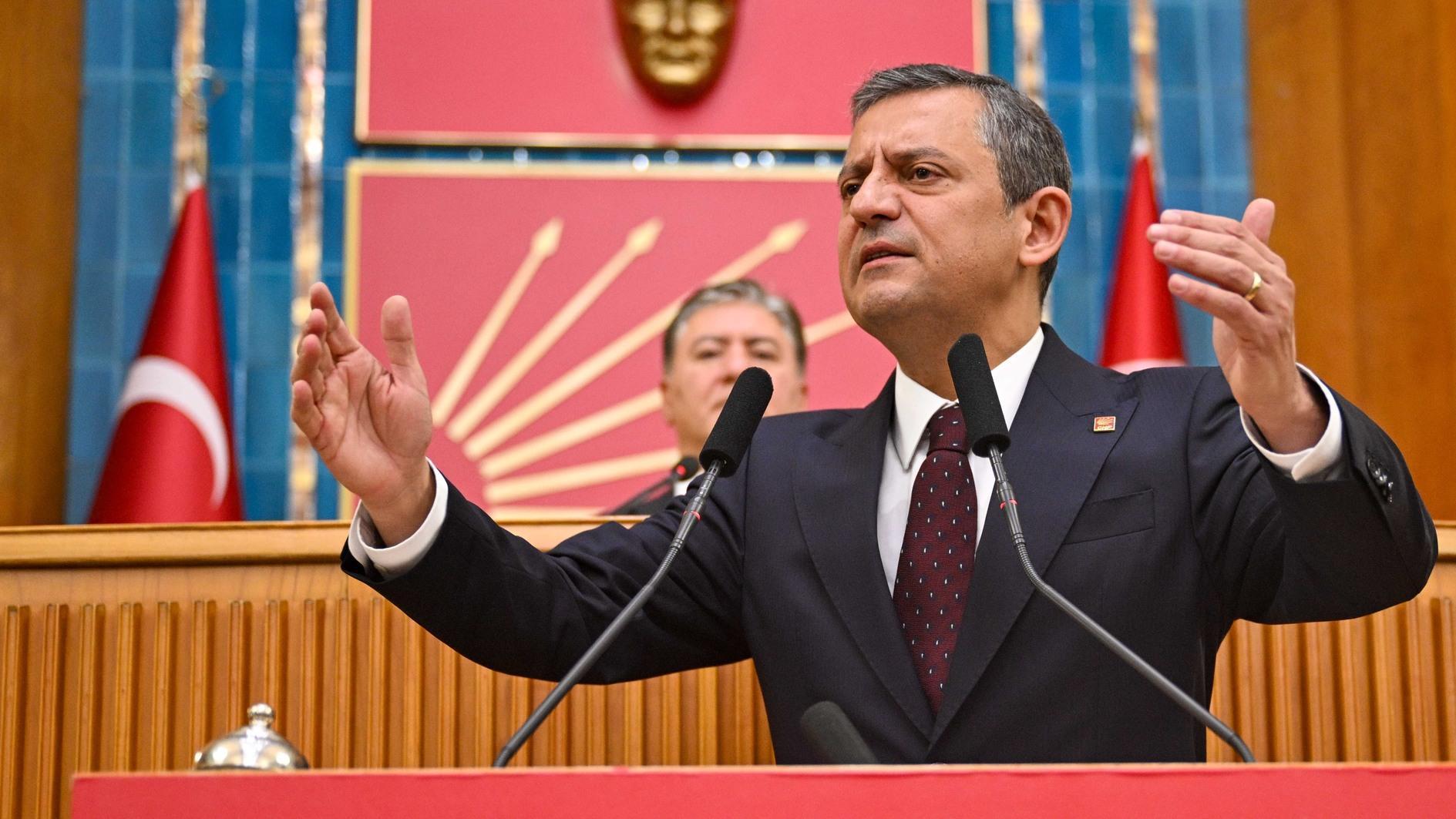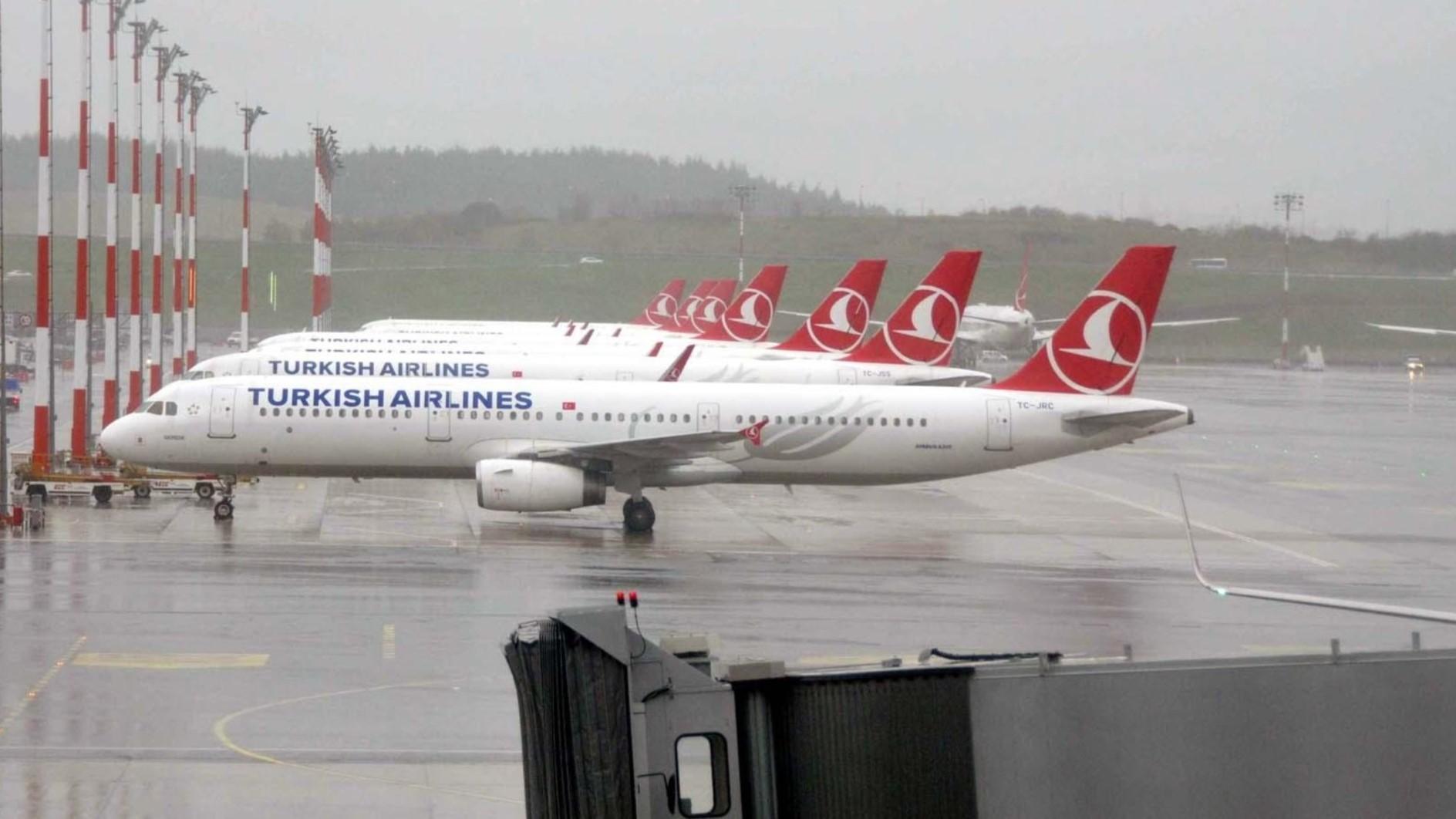EU has an absorption capacity; so does Turkey
There are an estimated 1.2 million Syrians working informally in Turkey.
That should not be so surprising; after all the informal economy in Turkey makes up 30 percent of the entire economy.
Turkey has marked Labor Day this year with the highest unemployment rate in a decade. With jobless rate jumping over 14 percent, Syrians’ presence in the labor force creates resentment.
But actually it should not. “The fact that more than one million Syrians work does not mean that more than one million Turks have lost jobs,” said Professor Murat Erdoğan, talking at a panel organized on April 29 to mark the eighth year of the first Syrian refugee group entering Turkey.
Syrians are mostly employed in jobs unwanted by Turks, and unemployment rate is especially alarming among university graduates. But soon they will also compete with Syrians. Currently there are around 27,000 Syrians studying in universities. “My best students are Syrians,” an academic told me.
On April 29, 2011, around 250 Syrians fleeing the start of the war crossed the border. Today, there are around 3,610,000 living here.
In 2011, there were around 58,000 people under international protection coming from neighboring countries. This number rose to 4.1 million this year.
With more than 3.5 million, Syrians now make up 4.4 percent of Turkey’s population. Only 3 percent remain in camps, while 97 percent live in cities.
In eight years’ time, nearly half a million Syrian babies were born. And 465 Syrian babies are born each day in 2019.
Creating a safe zone to encourage return
The number of Syrians will increase. What will happen to them? There are three options: They will settle here, they will go back, or they will go to a third country.
The prospects for them going back are slim. Turkey has been talking about creating a safe zone which will serve as a wall against terrorist organizations. The government hopes the creation of such a zone will also facilitate the return of refugees. According to Professor Ahmet İçduygu, handling Turkey’s “security” issue “and “refugee” issue in the same basket will be beneficial for neither.
Refugees need to feel safe to go back, but Syria is expected to remain fragile for at least another 10 or 15 years, according to İçduygu.
That’s why he insisted that the third option — the resettlement of refugees to third countries — needs to remain an open channel. The resettlement of Syrian refugees to European countries was part of the Turkish-EU deal agreed in 2016. But it was never implemented properly. Indeed, Turkey has to keep this part of the deal high on the agenda, because clearly Europe needs to do more on burden sharing.
Finding different ways
I hate to talk about refugees in terms of numbers, but it still shows the horrifying dimension of this human tragedy.
There are 25.4 million refugees worldwide, and Turkey since 2013 has been the country that hosts the highest number of refugees. Then comes Jordan. The EU (made up of 27 countries!) ranks third, hosting around 9 percent of refugees. It is followed by Pakistan, Uganda, Lebanon, Iran and Bangladesh. Clearly the majority of the top 10 countries hosting refugees are developing countries and there is a serious inequality in terms of burden sharing with the developed countries.
Europeans might object, reminding that they are providing financial assistance to host countries. Yes, but this is not sustainable. First of all there will be new refugees. Turkey, for instance, has recently been seeing a surge from Afghanistan. Second, most of the refugees will not go back.
“The EU has an absorption capacity,” Europeans used to say, objecting to Turkey’s membership aspirations. So does Turkey. It cannot keep the “open border” policy forever. And as for those who will not go back, they will certainly head towards Europe if enough employment is not created.
“You cannot create employment if the economy is not growing,” said Tamer Kılıç, a representative of an NGO, underlining the need to think of how migration can contribute to economic development. However, for Kılıç too, resettlement to third countries has to remain high on the agenda.
Yet it was Professor Kemal Kirişci whose speech on the panel brought us back to reality. The EU was shaken by the refugee crisis in 2015 and the rise of the far right is bringing the EU nearly to the brink of collapse. So it will be hugely difficult to convince Europe to take in more refugees. In fact the international agreement reached in 2018, called the Global Compact, on refugees came as a response to “Europe’s refugee crisis,” not as a response to those who carry the real burden! This is a document and one of its objectives is to make refugees self-reliant and to ensure they add value to the host communities. Kirişci said thanks to Turkish diplomacy it was accepted that countries hosting large numbers of refugees will be provided trade facilitations. In exchange for Jordan accepting to give work permits to refugees, the EU pledged to be more flexible on Jordanian products’ entry to Europe, according to Kirişci.
The document is not binding, but it can open a process whereby the stakeholders can offer different formula to support refugees in a win-win solution. The private sector, for instance, can ask for special treatment, if it employs a certain number of refugees. Or customers could ask suppliers to formally employ refugees. But it is up to the stakeholders from academia to the private sector to dig out the document and come up with proposals to the EU.











